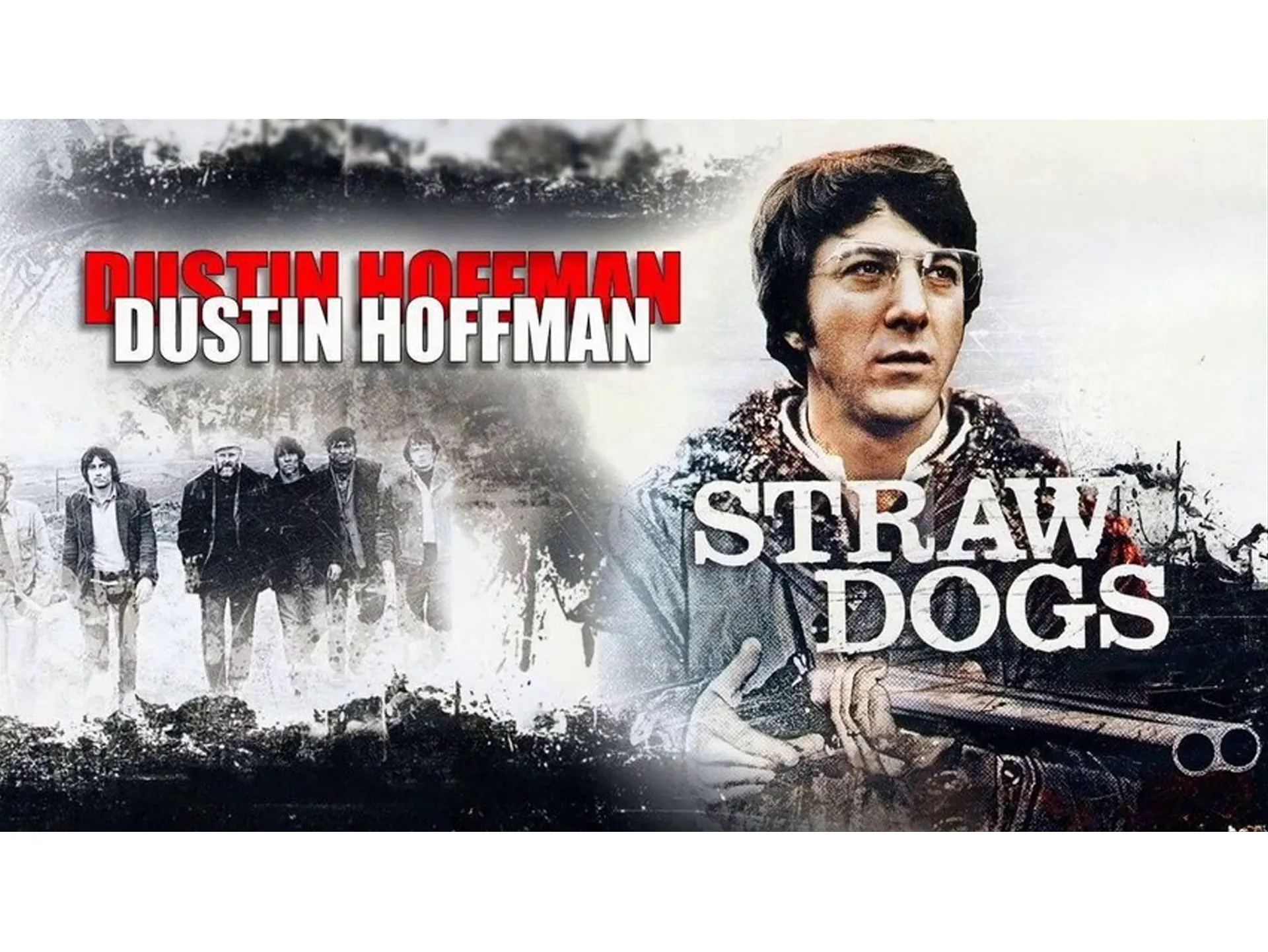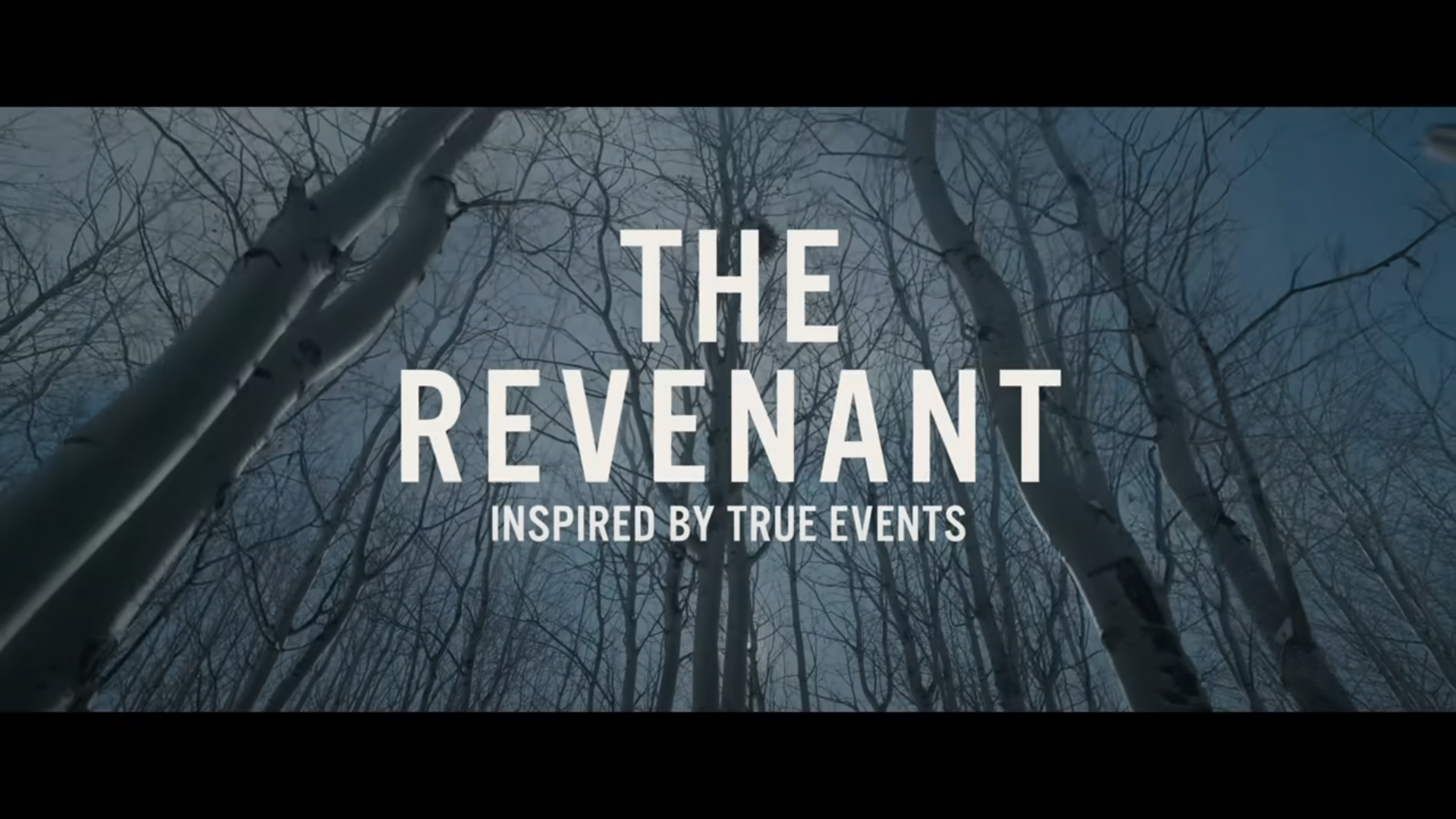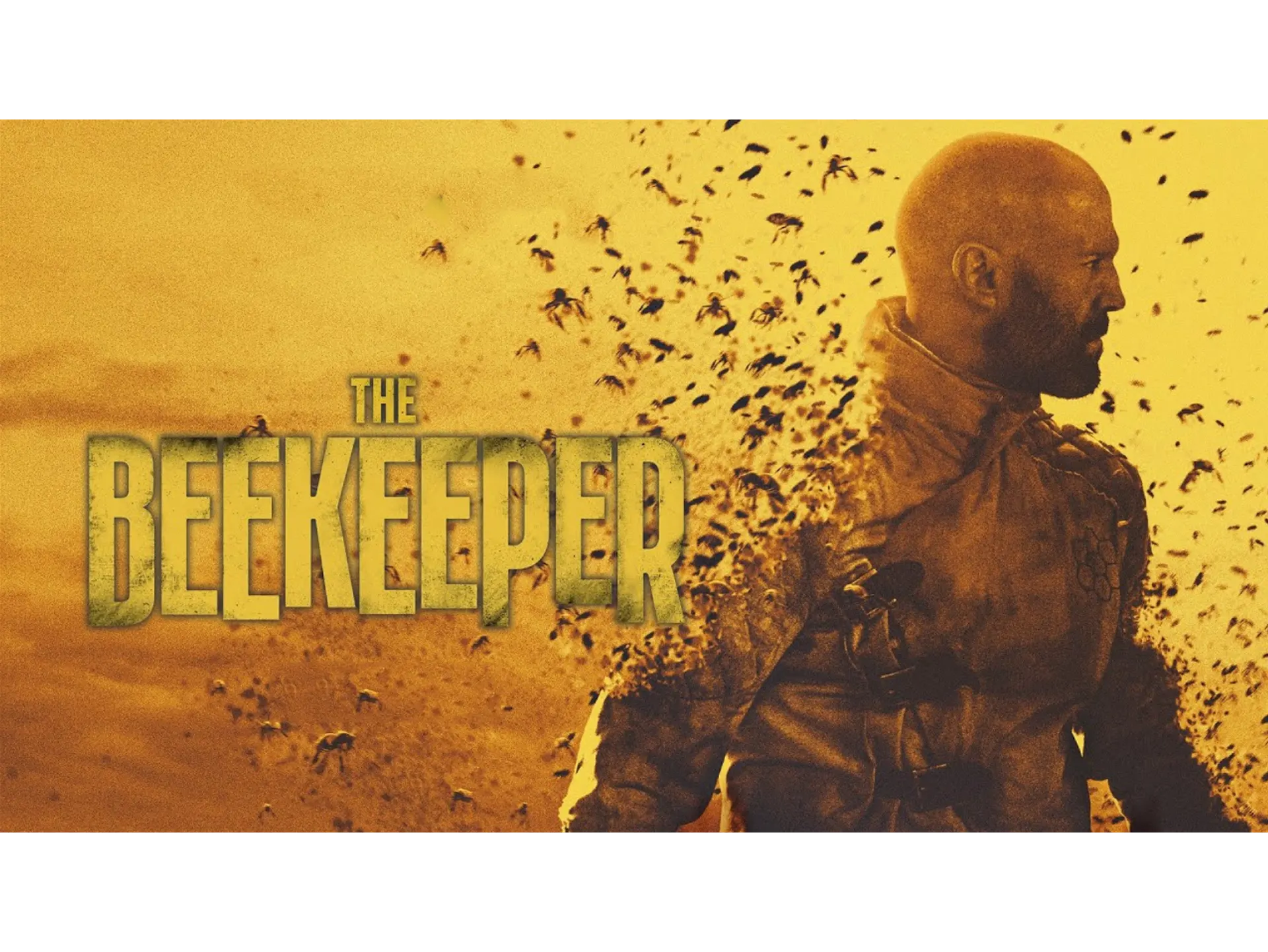In Sam Peckinpah’s controversial film “Straw Dogs,” released in 1971, there are several elements that ignite discussions about violence, power, and gender dynamics. One of the central points of contention is the film’s depiction of a disturbing sex scene. This blog post delves into the themes, implications, and audience reactions to understand why it remains a pivotal topic in film studies.
Historical Context of ‘Straw Dogs’
To grasp the current controversy surrounding “Straw Dogs,” one must first consider the historical context in which it was made. Released in the early ’70s, the film was situated at the intersection of sociopolitical upheaval. America was reeling from Vietnam War implications, the civil rights movement, and shifting gender roles. Many filmmakers began to push boundaries, challenging audiences with unsettling themes and graphic content.
“Straw Dogs” was adapted from Gordon Williams’ novel “The Siege of Trencher’s Farm.” The film explores the story of an American couple, David and Amy Sumner, who move to a quiet English village. Despite its rural setting, the film exposes the raw, underlying violence that bubbles beneath the surface of idyllic life. Peckinpah used these themes to question traditional masculinity and the notion of safety, which significantly frames the film’s infamous sex scene.
The Unsettling Nature of the Sex Scene
The most contentious scene in “Straw Dogs” occurs when Amy (played by Susan George) is assaulted by a group of local men. This scene is harrowing and disturbing, with its stark portrayal of violence against women. Critics and audiences have debated whether the depiction is exploitative or serves a greater narrative purpose.
On one hand, some viewers interpret the scene as a critical commentary on the brutal realities of human nature and the vulnerability of women within male-dominated societies. Peckinpah employs the scene to emphasize the themes of power, submission, and the darker undercurrents of masculinity. On the other hand, many argue that the portrayal is sensationalized, reducing a severe issue to a moment of titillation rather than fostering a meaningful discourse on consent and violence.
The Reaction from Feminist Critics
Feminist critics have long debated the implications of this particular sex scene. Some argue that the scene perpetuates a toxic narrative about female submission and male dominance. They contend that presenting such violence without sufficient context can normalize or trivialize the trauma experienced by victims of sexual assault. Critics highlight how Amy’s character becomes an object of male desire and aggression rather than a fully realized person with agency.
Conversely, some feminist perspectives assert that the scene can open up dialogues about the realities of systemic violence women face. They advocate for viewing the film through a lens that recognizes its potential to critique the violent patriarchal systems rather than merely accept it as perpetuating misogyny. This dichotomy in feminist interpretation shows how art can evoke varied emotional responses and interpretations.
Audience Reception and Cultural Impact
Upon its release, “Straw Dogs” was met with significant criticism, particularly in the UK, where it was initially banned. The backlash was largely due to the sexual violence depicted, which was considered too extreme for mainstream cinema, particularly during an era that was still grappling with issues of women’s liberation and sexual autonomy. The film’s release sparked protests and debates, making it a focal point of cultural discourse regarding violence, gender, and the portrayal of masculinity.
Over time, as society’s views on cinematic violence have evolved, “Straw Dogs” gained a certain cult status. It has been praised for its unflinching look at human brutality, and many viewers argue that its challenging nature makes it a profound piece of art. This duality highlights how audience perceptions can change over the decades, influenced by evolving conversations regarding gender, sexuality, and violence in media.
Comparing ‘Straw Dogs’ to Other Controversial Films
“Straw Dogs” is not alone in courting controversy. Other films such as “A Clockwork Orange,” “The Last House on the Left,” and “Irreversible” have also sparked heated discussions about their depictions of violence and sexual assault. These films are often juxtaposed with “Straw Dogs” in critical discussions, drawing parallels between their narratives and how they portray brutality.
While each film has its unique approach to storytelling and stylistic choices, they all endeavor to challenge boundaries concerning violence and morality. This positioning helps frame “Straw Dogs” within a broader context, illustrating how the film fits into a lineage of provocative cinema. Critics emphasize the importance of these narratives, noting their potential to push viewers to confront uncomfortable truths about society.
The Role of Cinematic Techniques
The cinematic techniques employed in “Straw Dogs” are also pivotal to understanding its controversial sex scene. Peckinpah’s use of slow-motion shots accentuates the brutality of the assault while drawing viewers into the moments of subjugation and violence. This stylistic decision sparks conversation about how film techniques can amplify discomfort and provoke emotional responses from the audience.
The editing, cinematography, and sound design contribute to the scene’s unforgettable impact. Additionally, the juxtaposition of idyllic images of rural life with intense violence creates a dissonance that can be jarring for viewers. This uncomfortably forces audiences to reckon with the darker sides of human nature, raising questions about morality, complicity, and the societal structures that underpin such violent acts.
Navigating the Controversy
Navigating the controversy surrounding “Straw Dogs” is a complex undertaking. For some, engaging with the film means addressing important discussions regarding consent, masculinity, and the portrayal of women in cinema. For others, the film is seen as reinforcing harmful stereotypes and legitimizing violence against women.
Audiences today often wrestle with their interpretations of the film, questioning how it resonates within contemporary discussions of sexual violence and consent. This leads to deeper explorations of what makes a film effective in conveying its message, leaving viewers to ponder the ethics of representation in art. Peckinpah’s work remains divisive, resonating with the tension that exists in our interactions with difficult subjects in film.
Conclusion
The sex scene in “Straw Dogs” stands out as a point of contention both within the film community and among general audiences. It serves as a reflection of the era’s anxieties regarding masculinity and violence while igniting critical discussions about the portrayal of women in media. The legacy of “Straw Dogs” lies in its ability to provoke thought, highlighting the complexities of human nature and raising questions about power dynamics. While it remains controversial, it is also a crucial part of film history that continues to evoke strong emotional responses and discussions.
FAQs
1. Why was ‘Straw Dogs’ banned in the UK?
The film was banned in the UK due to its graphic portrayal of sexual violence and brutal themes, which were deemed inappropriate for mainstream audiences at the time.
2. How does ‘Straw Dogs’ compare to other controversial films?
Like “Straw Dogs,” films such as “A Clockwork Orange” and “The Last House on the Left” tackle challenging themes of violence and morality, drawing parallels in their exploration of brutality and human nature.
3. What are some of the critical interpretations of the sex scene?
Critics have interpreted the sex scene in various ways, viewing it as either an exploration of the grim realities of violence against women or as an exploitative portrayal that perpetuates harmful narratives about masculinity and female agency.
4. Can ‘Straw Dogs’ be seen as a feminist critique?
Some feminist critics argue that while the film contains problematic elements, it can open up discussions about systemic violence against women and the nature of male power, suggesting a more complex interpretation.
5. What cinematic techniques contribute to the film’s impact?
Peckinpah’s use of slow-motion shots, careful editing, and sound design significantly heighten the emotional weight of scenes, amplifying the unsettling nature of violence and forcing viewers to confront uncomfortable realities.



